The Free Tour
There’s a company that operates free tours in several major European cities, including Berlin. The tour guides are usually liberal arts college graduates who fell in love with Berlin and now live here. Our guide, Mary, was an English girl who studied German in college and now lives in Berlin.
The tour lasted for a little over four hours so I imagine the guides do fairly well in tips. We started at the Brandenburg Gate (more pictures later) and walked around the former East Berlin, roughly following the path of the Wall. We heard lots of good stories which can’t all quite fit in the captions:
Pictures 3-6: This is the old Luftwaffe (Nazi air force) building. It was hardly damaged in WWII, possibly due to a gentleman’s agreement between sides. The building then became East Germany’s Ministry of Ministries. The mural shown is along the street and shows what communism is supposed to be like – everyone is equal and happy. Next to the mural along the street is a panoramic picture of East German protesters in the 1950s – communism wasn’t working out like it was supposed to. The building is now home to the Finance Ministry.
Pictures 7-8: Checkpoint Charlie. It got its name just because it was the third checkpoint along the border (alpha, bravo, charlie). The soldier picture wasn’t there 30 years ago, but it represents the Americans looking over into the East German side. The other side has a Soviet soldier doing the same over the West German side. This was a great place for spies to mingle, supposedly.
Pictures 10-13: This used to be the library of Humboldt University, a very prestigious European school. It’s now undergoing construction as the Law School, but it is the site of the Nazi book burnings that started on May 10, 1933. Underneath the plaza outside is a memorial consisting of empty book shelves with a capacity to store 20,000 books – about the number burned by students that night. Next to the window in the ground is a plaque with a quote by Heinrich Heine, a Jewish author whose books were burned that night. It reads
“They that start by burning books will end by burning men.”
It’s from his play Almansor, written in 1821, over 100 years earlier.
Picture 14: This statue is in a small building that has been given a new name by every regime in the last 100 years, but is now called the Memorial to the Victims of War and Tyranny. The statue is of a woman holding her dead son. It was created by Käthe Kollwitz, a German citizen who lost her son in WWI and her grandson in WWII. There’s a hole above the statue to expose it to the elements.

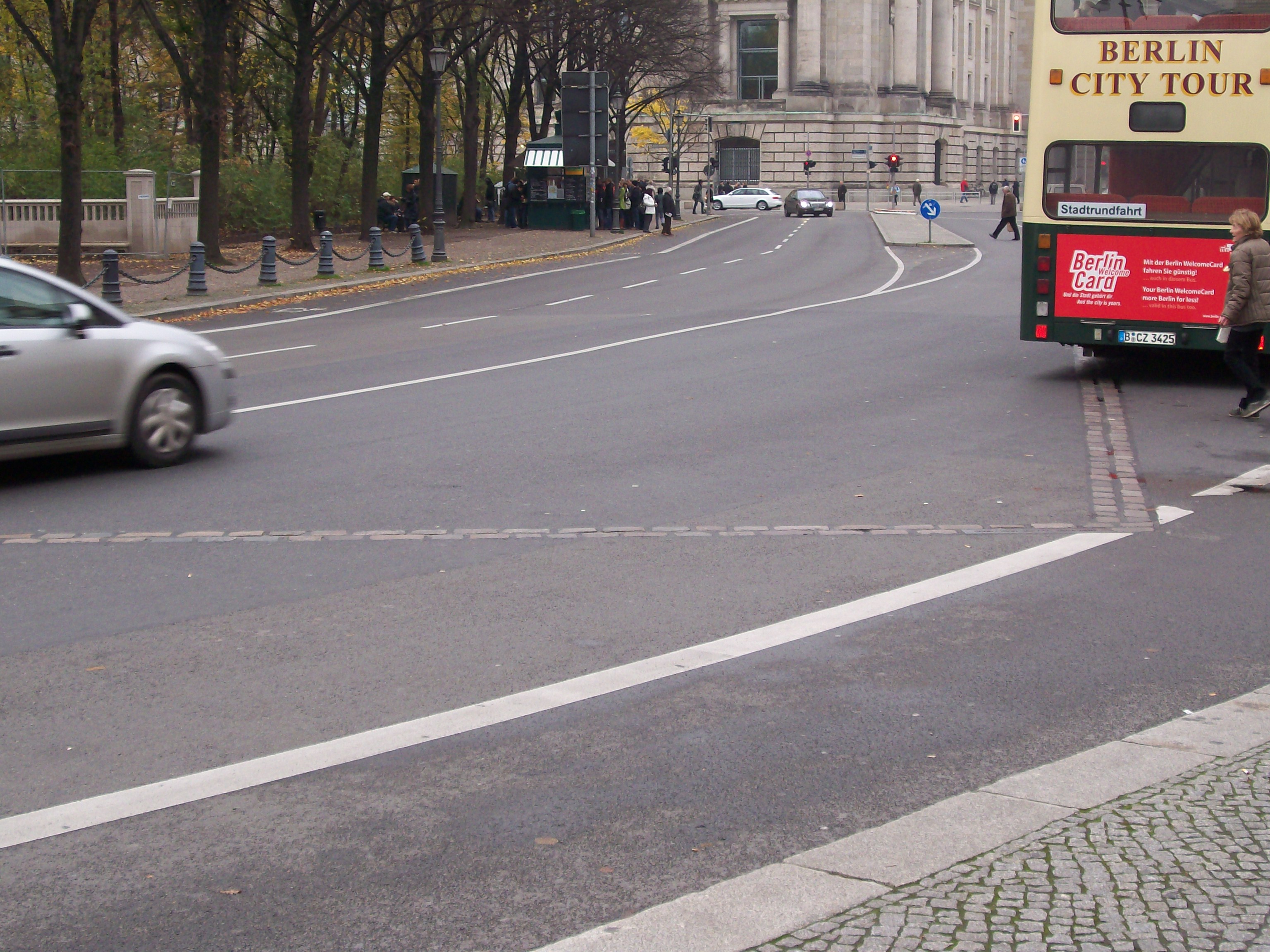
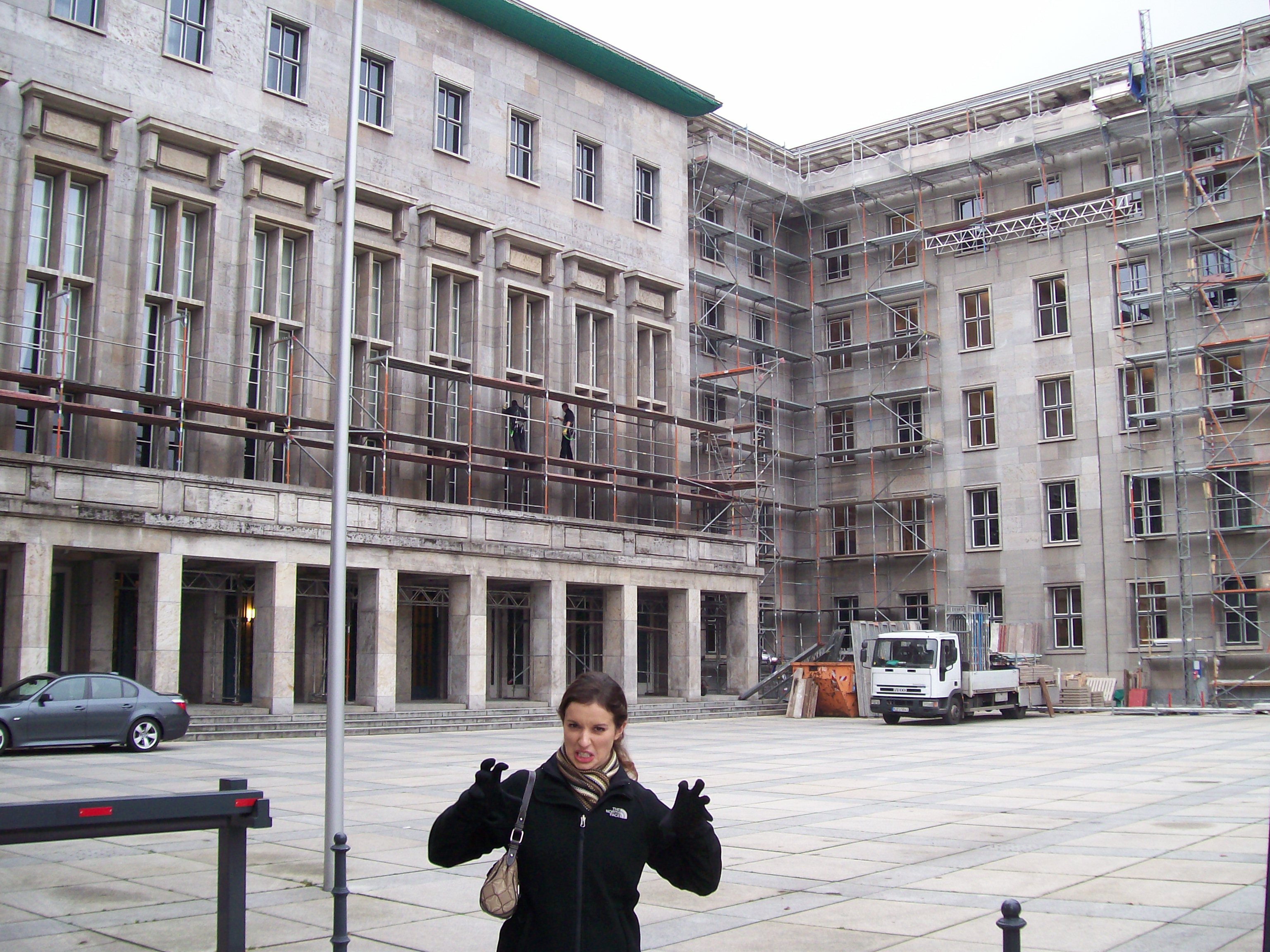
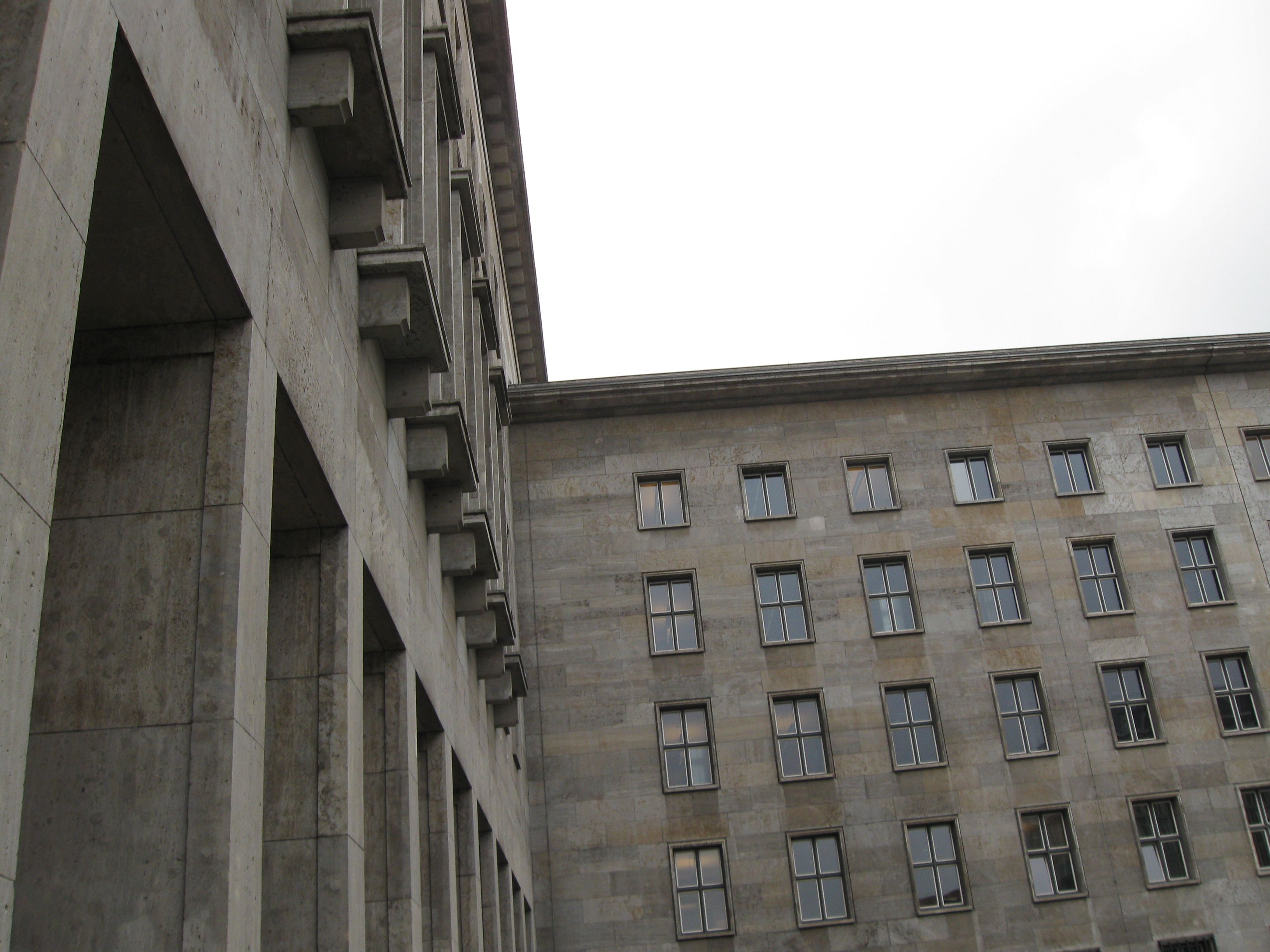
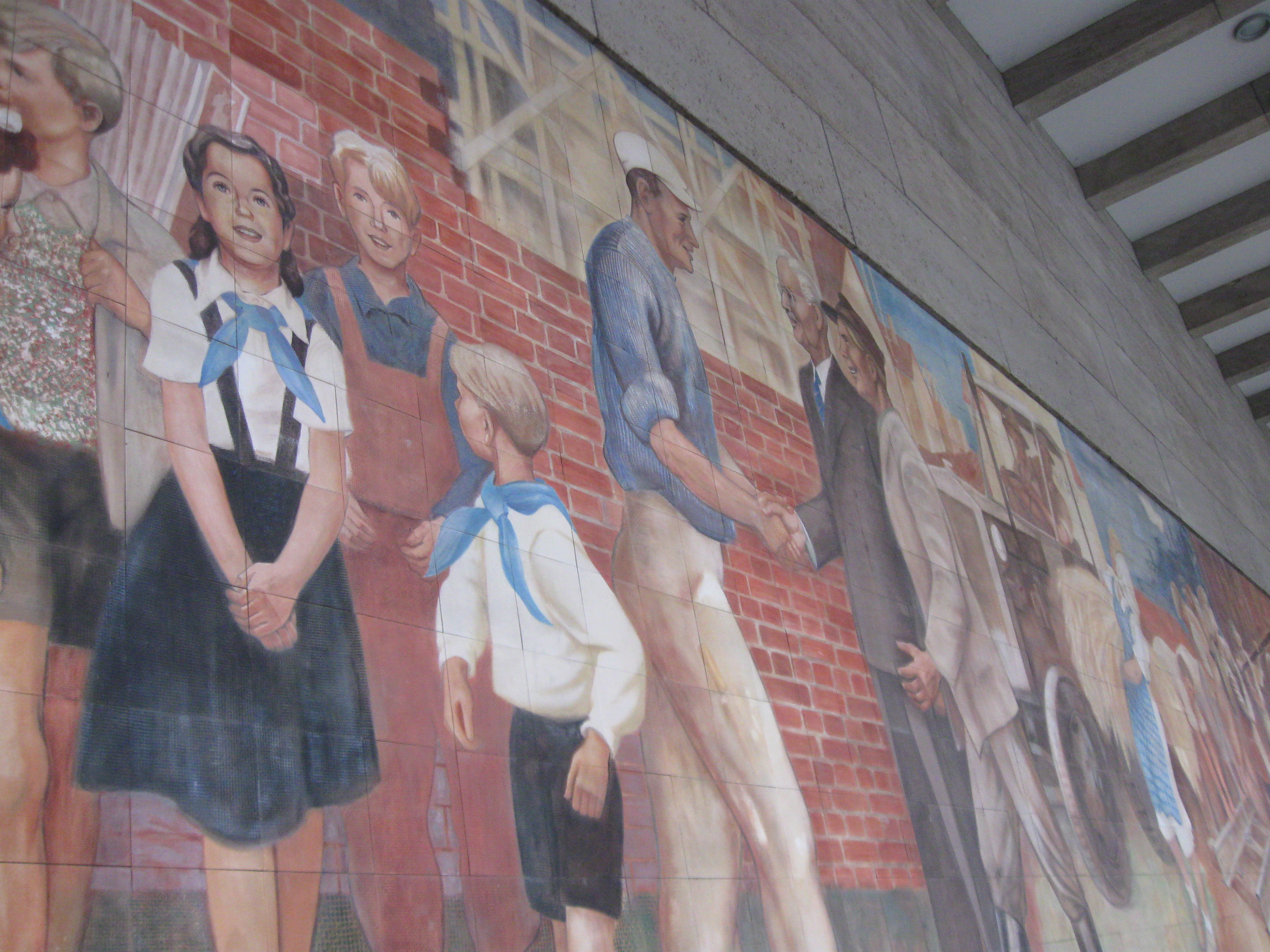
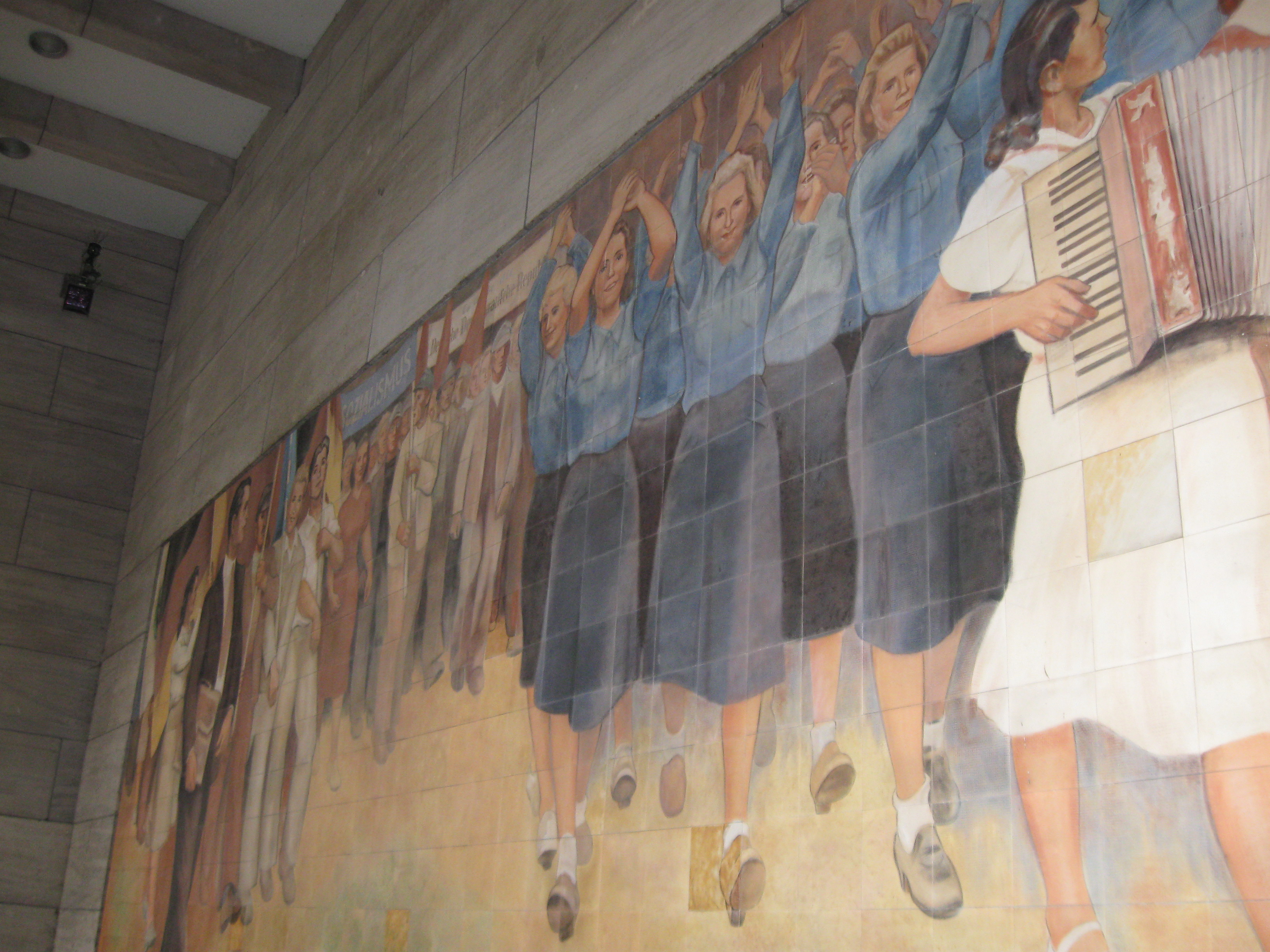
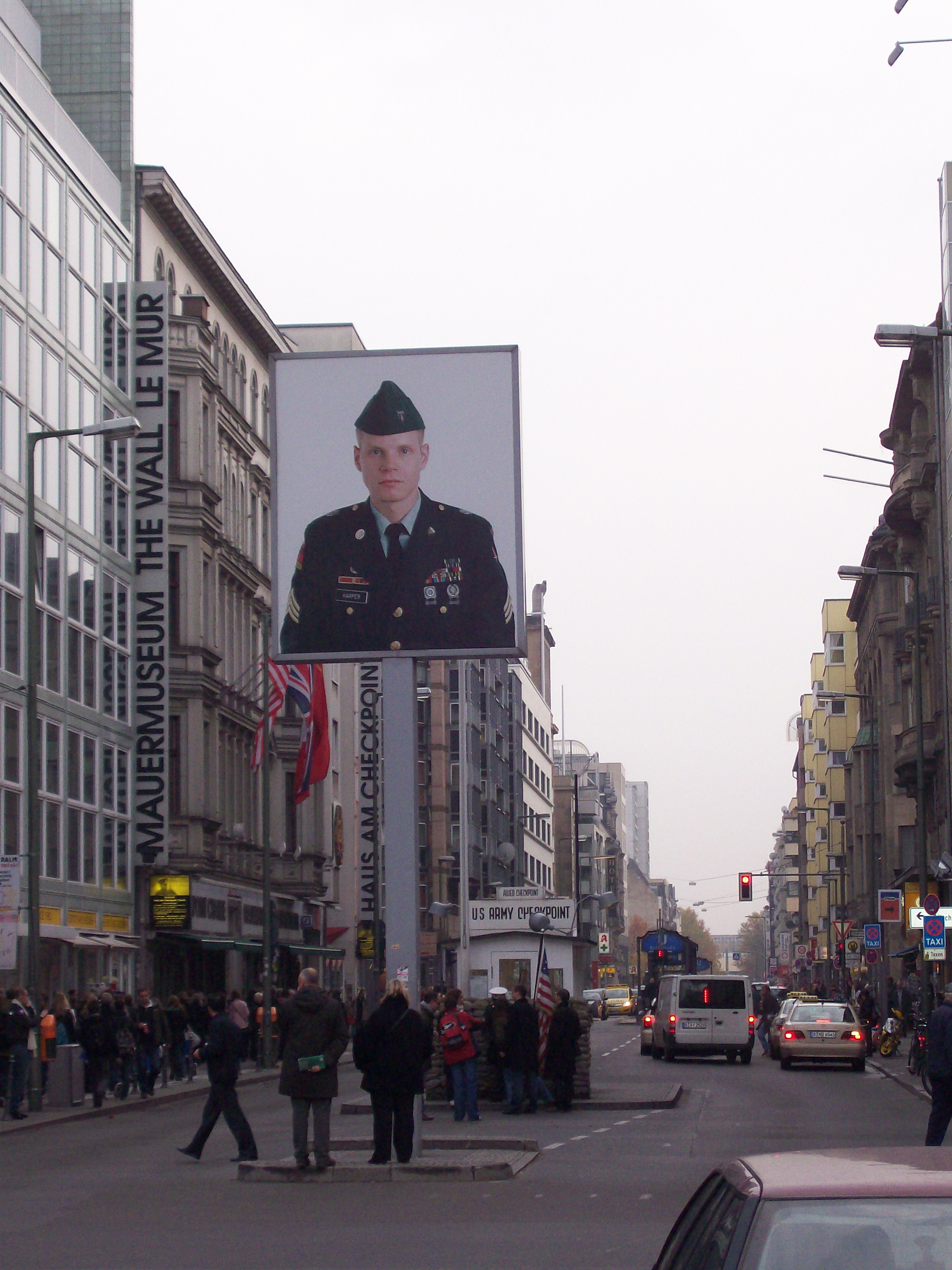
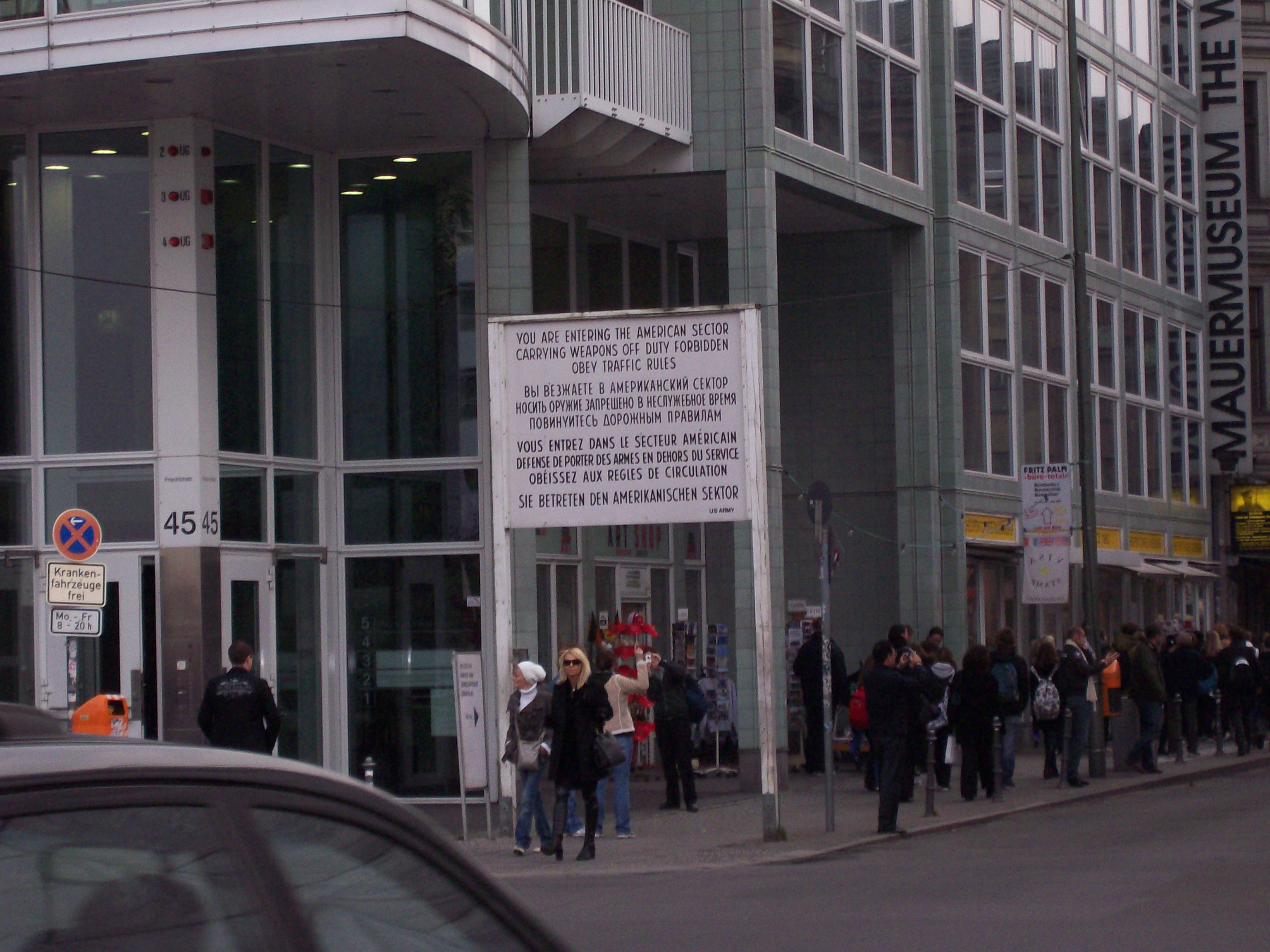
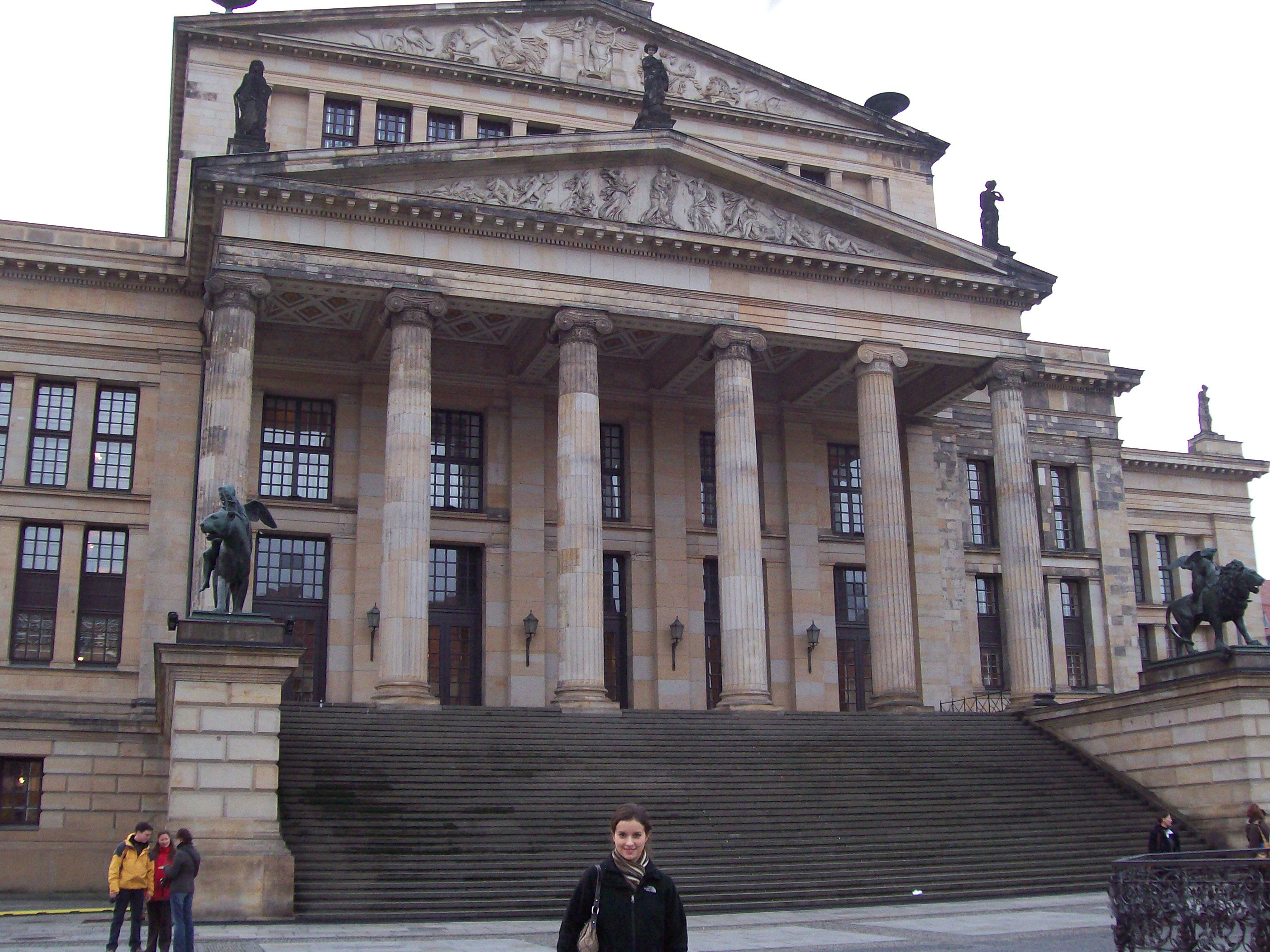

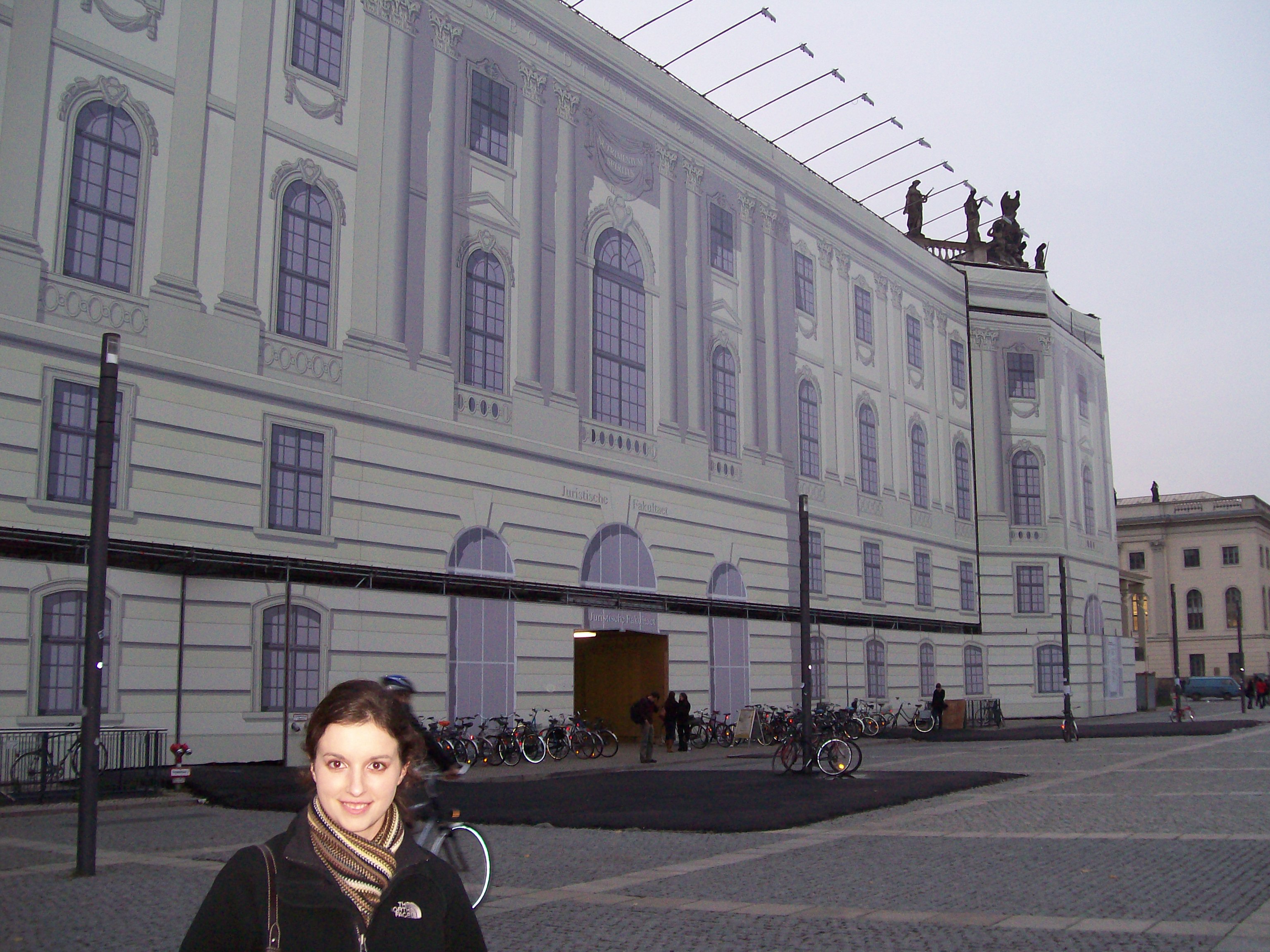
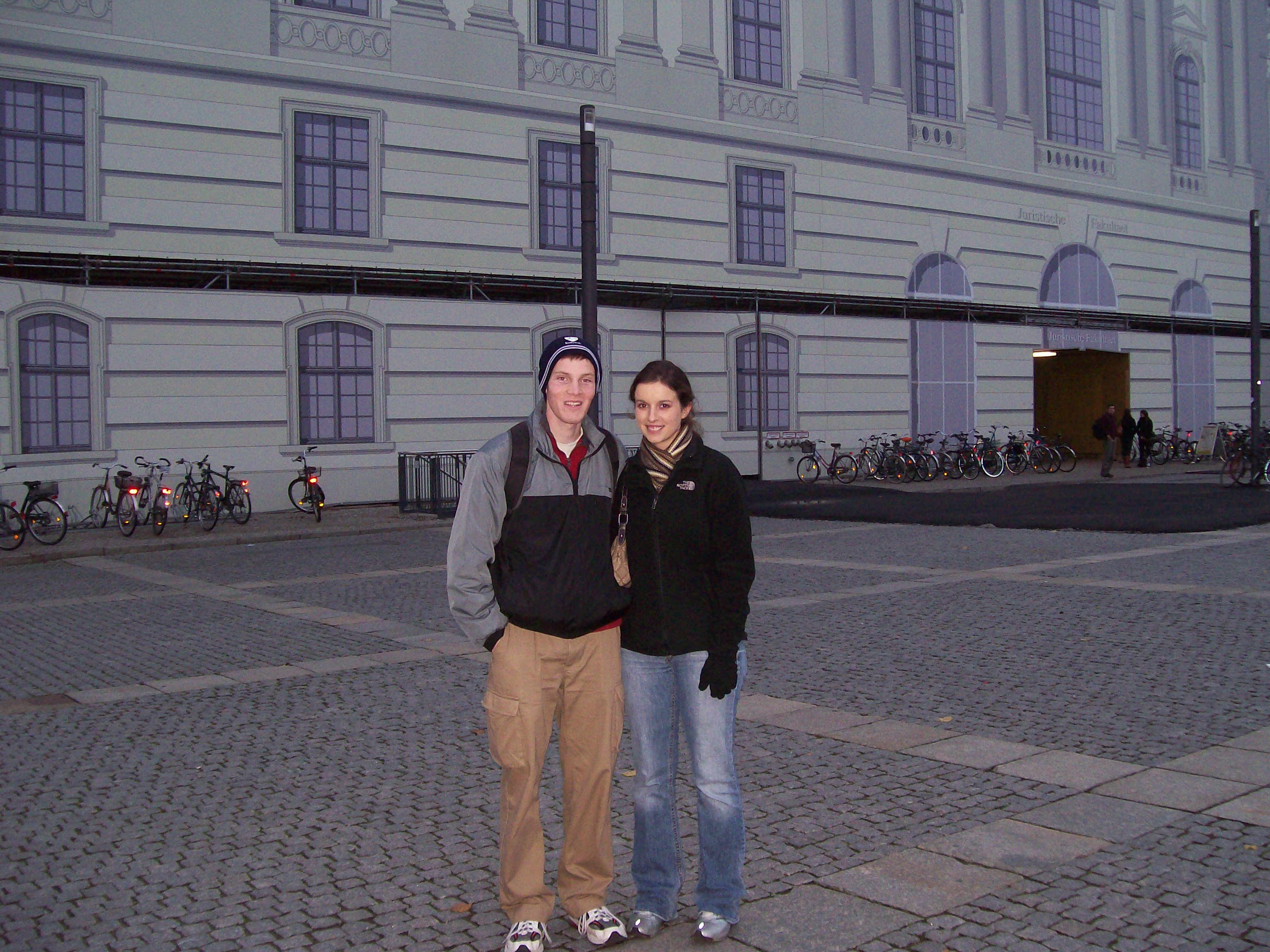
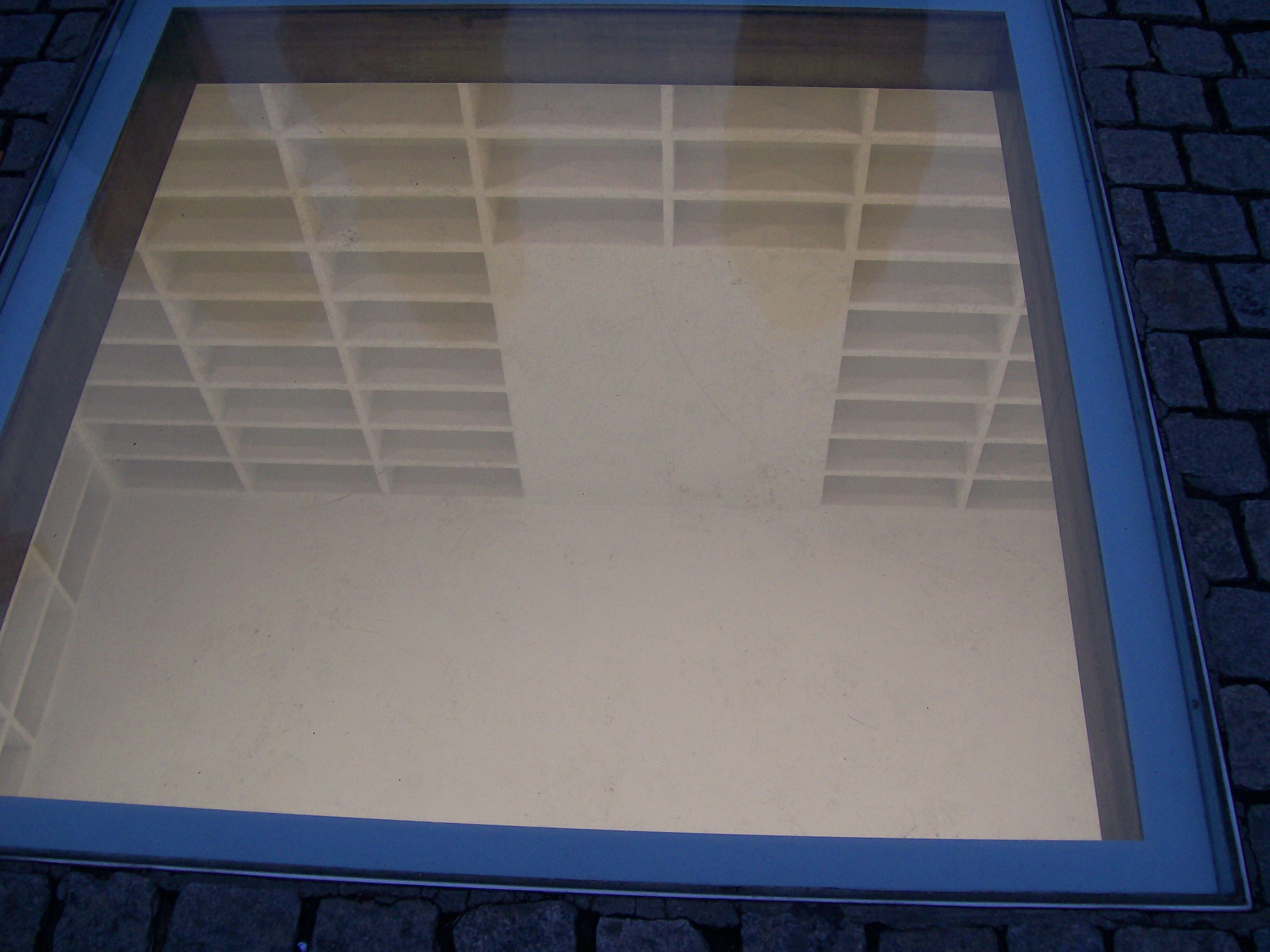
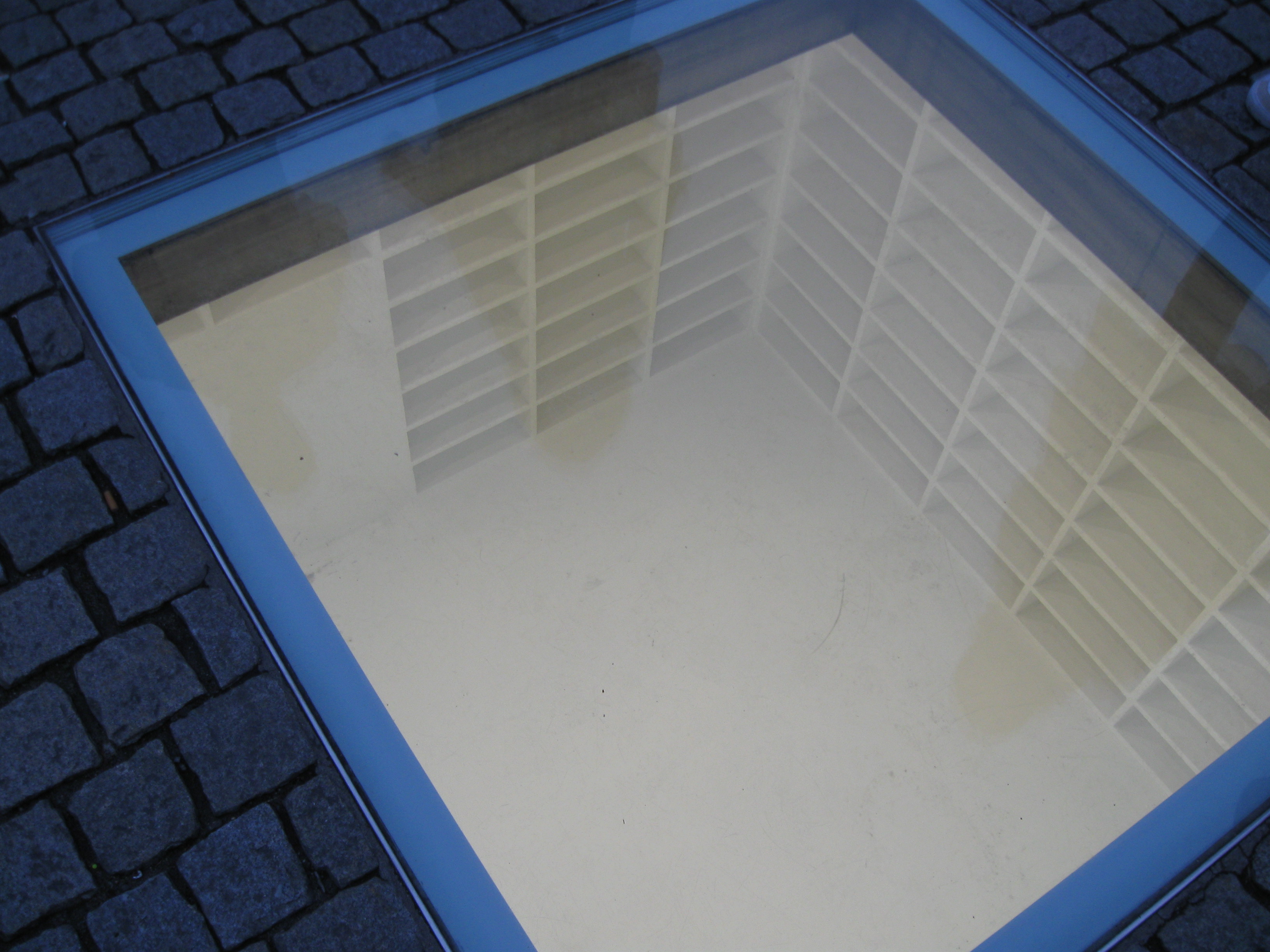

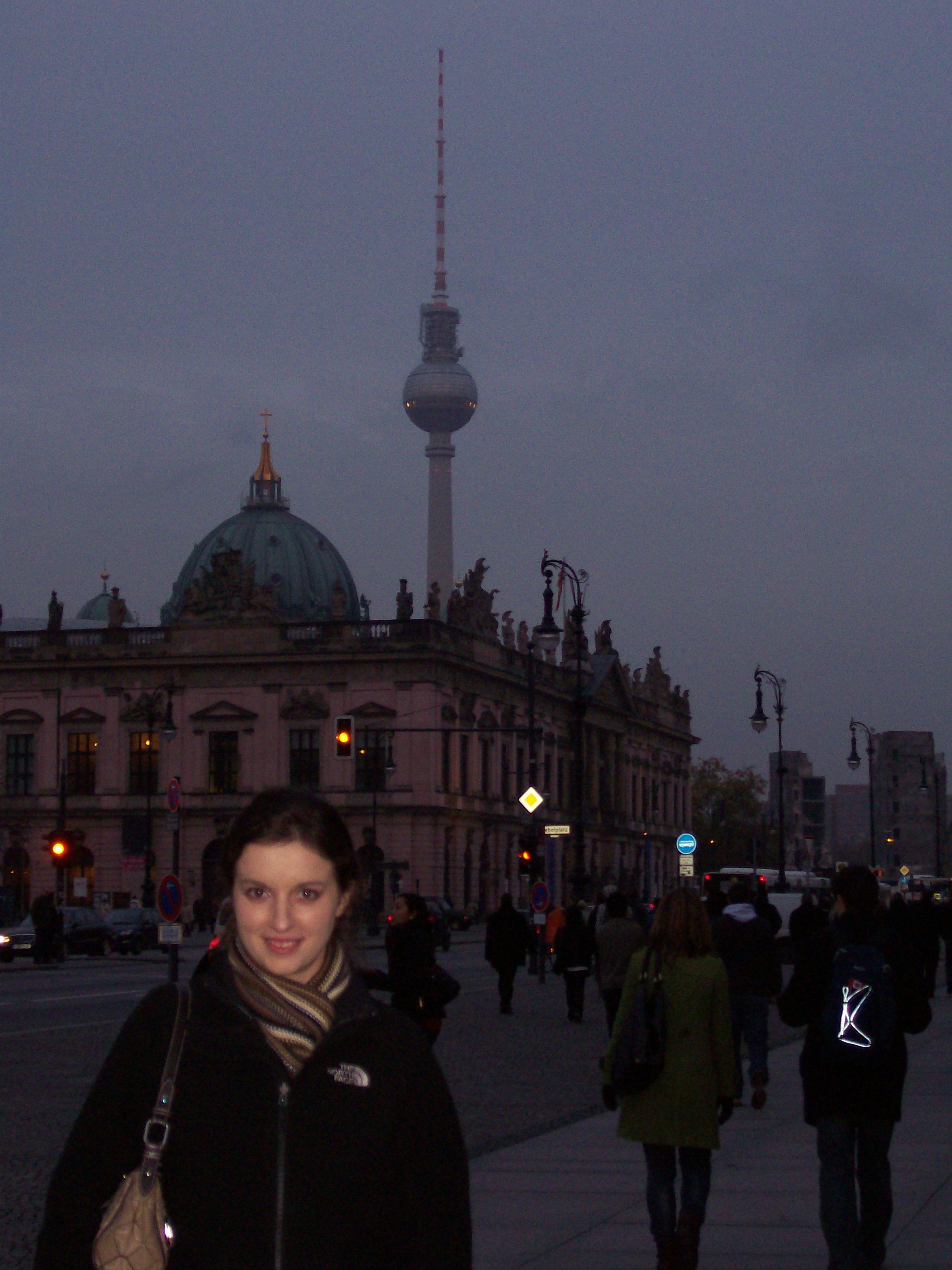
Leave a Reply